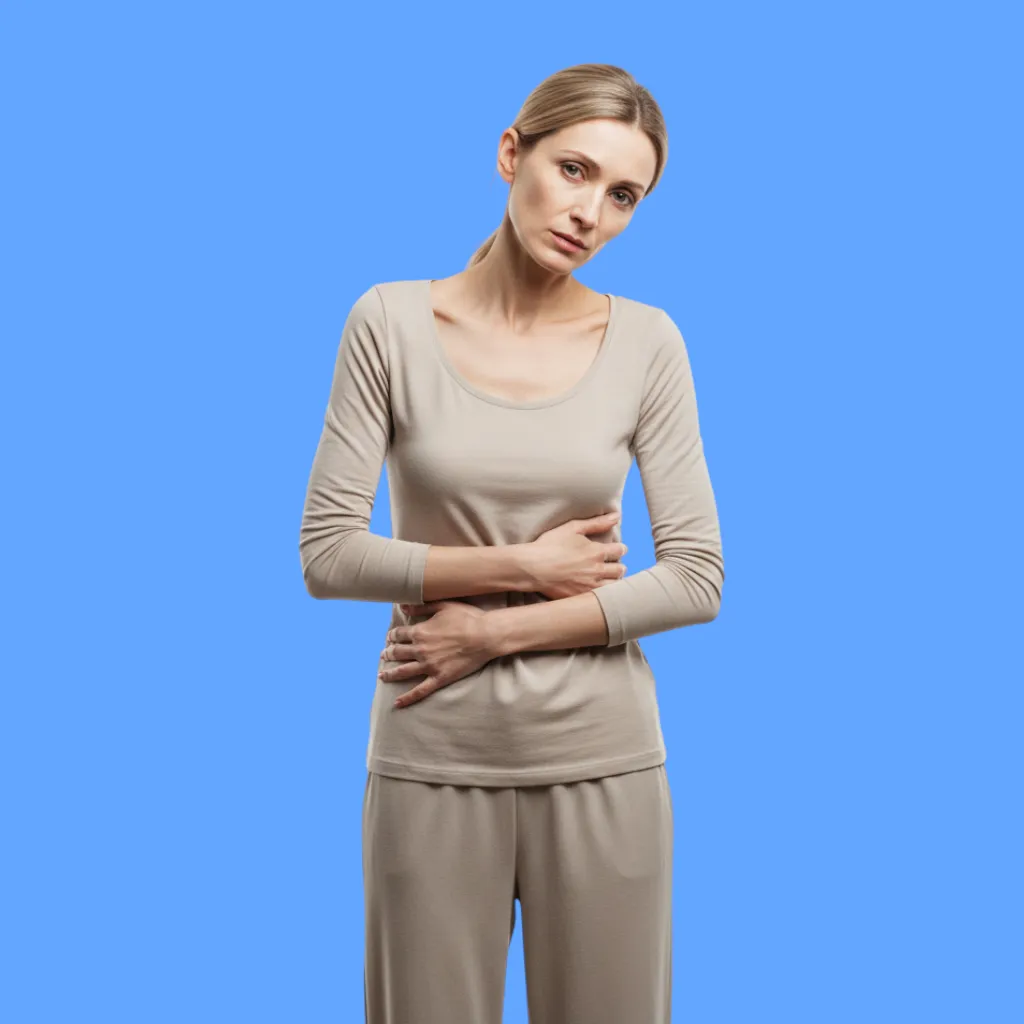what is chronic obstructive pulmonary disease?
Chronic obstructive pulmonary disease (COPD) is a long-term condition that affects the lungs and makes breathing difficult. It develops gradually due to damage in the airways and alveoli, leading to narrowing and obstruction of airflow.
The disease mainly includes two conditions: chronic bronchitis and emphysema. Patients often suffer from persistent coughing, shortness of breath, and daily mucus production.
what are the causes of chronic obstructive pulmonary disease?
There are several common causes of COPD, including:
- Long-term smoking, which is the main cause
- Continuous exposure to chemical fumes or dust in workplaces
- Air pollution, especially in enclosed environments
- Passive smoking
- Repeated respiratory infections during childhood
what are the common symptoms of chronic obstructive pulmonary disease?

Patients may experience several common symptoms, such as:
- Shortness of breath, especially during physical activity
- Chronic cough with mucus
- Wheezing sound while breathing
- Feeling of heaviness or tightness in the chest
- General fatigue and low energy
- Frequent respiratory infections
- Unexplained weight loss
- Swelling in the feet or ankles
when should you see a doctor?
It is recommended to consult a doctor immediately if any of the following occur:
- Severe difficulty in breathing or excessive effort to breathe
- Bluish color of lips or fingertips
- Fever or changes in mucus color or quantity
- Rapid heartbeat or confusion
- Symptoms not improving despite treatment
how is chronic obstructive pulmonary disease diagnosed?
COPD is diagnosed using several methods, including:
- Pulmonary function test (spirometry): to measure airway obstruction
- Chest X-ray or CT scan: to detect lung damage
- Blood gas analysis: to measure oxygen and carbon dioxide levels
- Blood tests: to check for alpha-1 antitrypsin deficiency
what are the treatment options for chronic obstructive pulmonary disease?
There are several treatment options for COPD, such as:
- Quitting smoking immediately
- Using bronchodilators
- Inhaled corticosteroids to reduce inflammation
- Oxygen therapy in advanced cases
- Pulmonary rehabilitation to improve breathing ability
- Regular vaccinations against flu and pneumonia
- Antibiotics in case of infection
can chronic obstructive pulmonary disease be cured?
Complete recovery from COPD is not possible, but the condition can be managed. Symptoms can be reduced and quality of life improved through regular treatment and avoiding irritants.
Early detection and quitting smoking play a major role in slowing disease progression.
what are the prevention tips for chronic obstructive pulmonary disease?
Here are some tips to help prevent COPD:
- Avoid all forms of smoking
- Stay away from polluted areas or places with chemical fumes
- Use protective equipment at work
- Maintain a healthy lifestyle and balanced diet
- Get seasonal vaccinations
- Treat any respiratory infection early
what are the possible complications of chronic obstructive pulmonary disease?
Neglecting treatment may lead to complications such as:
- Frequent respiratory infections
- Heart diseases like heart attacks
- Lung cancer
- Pulmonary hypertension
- Depression and anxiety due to breathing difficulties
frequently asked questions about chronic obstructive pulmonary disease
Can you exercise with COPD?
Yes, but under medical supervision.
Does COPD affect sleep?
Yes, it may cause breathing difficulties during sleep.
Can non-smokers get COPD?
Yes, especially those exposed to lung irritants.
Is oxygen therapy always necessary?
No, it is used only in advanced cases.